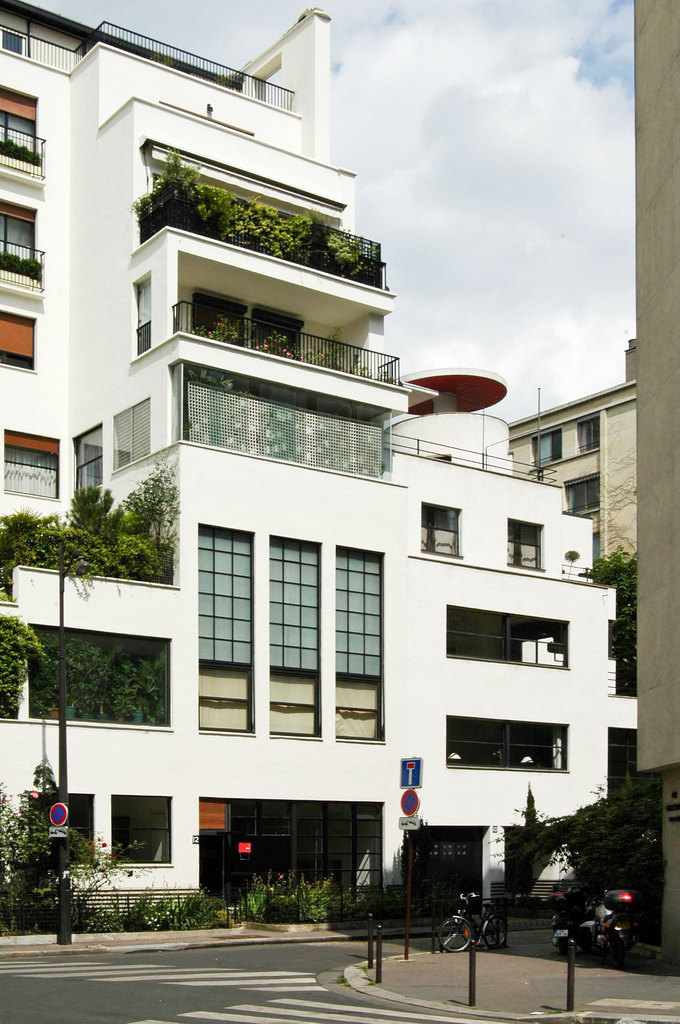 Rue Mallet Stevens © Hans Jan Dürr via Flickr
Rue Mallet Stevens © Hans Jan Dürr via Flickr
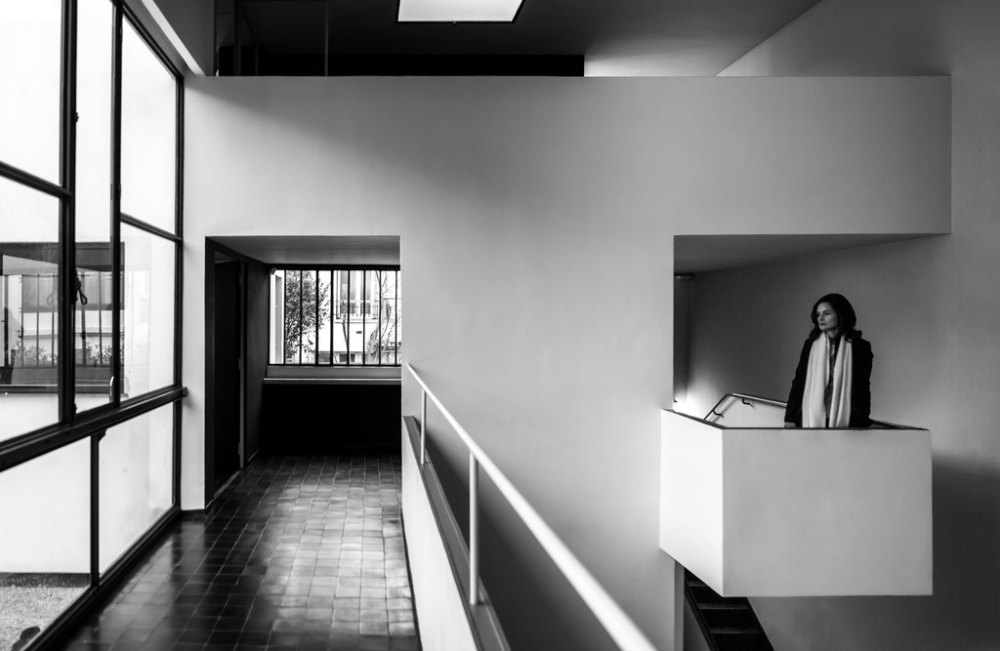 Maison La Roche © Chimay Bleue via Flickr
Maison La Roche © Chimay Bleue via Flickr
 Maison de Verre © August Fischer via Flickr
Maison de Verre © August Fischer via Flickr
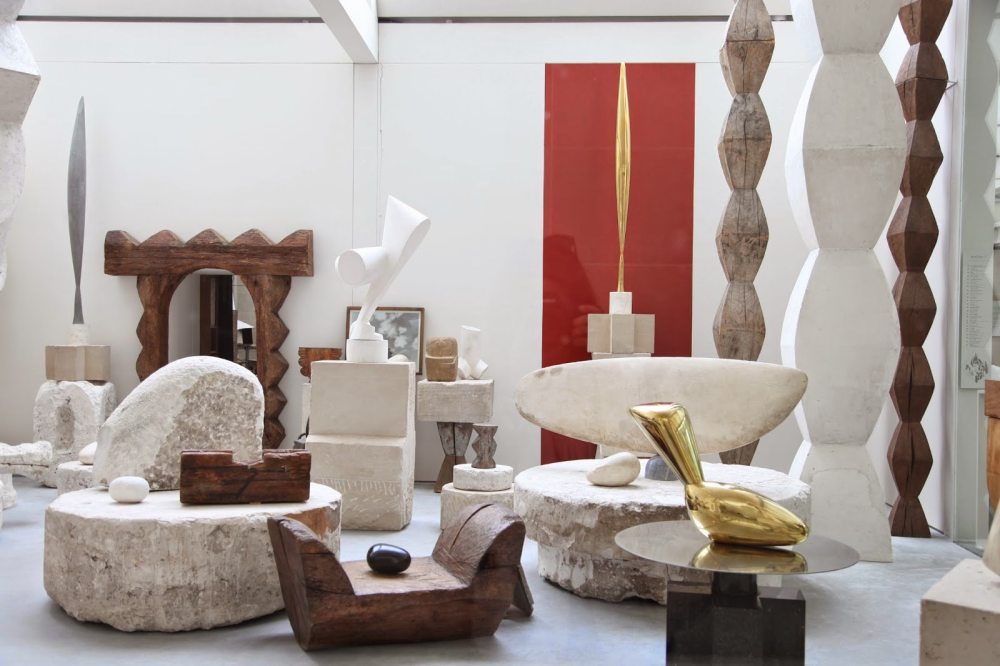 Atelier Brancusi © Heather Clawson
Atelier Brancusi © Heather Clawson
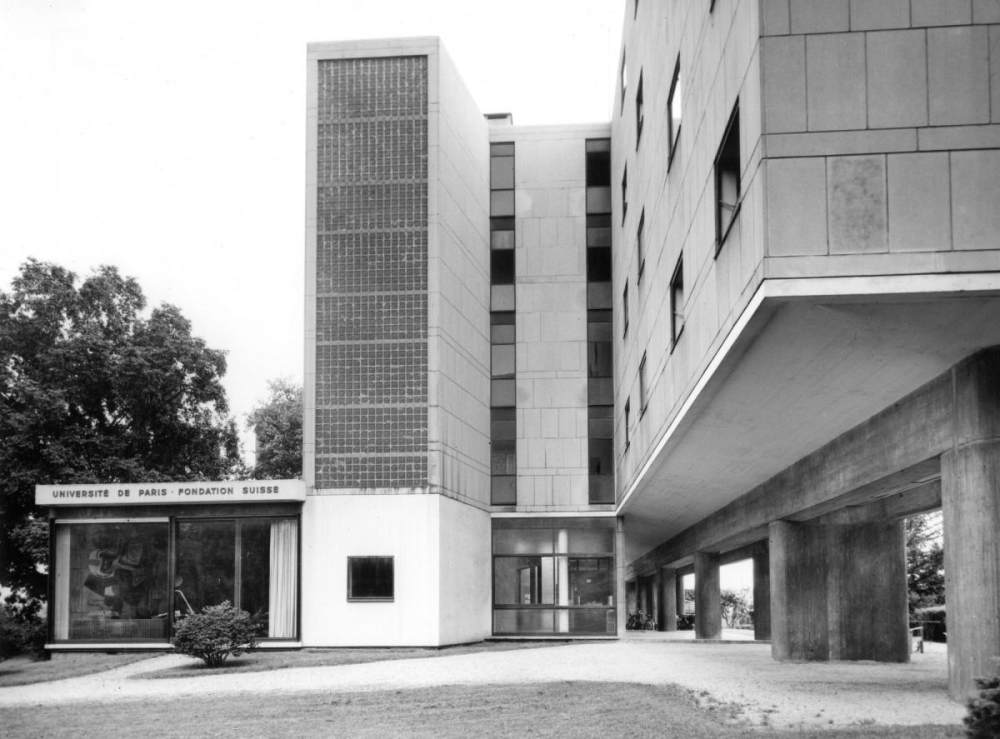 Pavillon Suisse
Pavillon Suisse
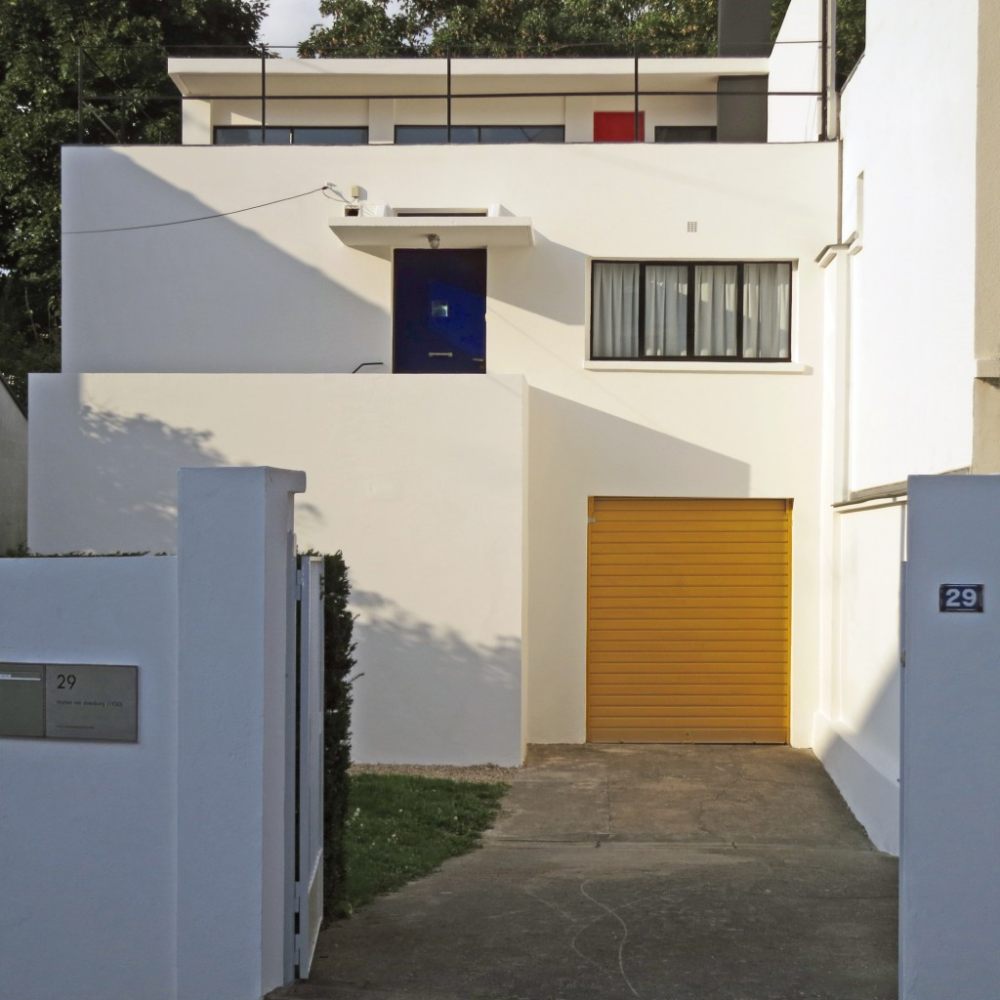 Van Doesburg House, Meudon-Val-Fleury
Van Doesburg House, Meudon-Val-Fleury
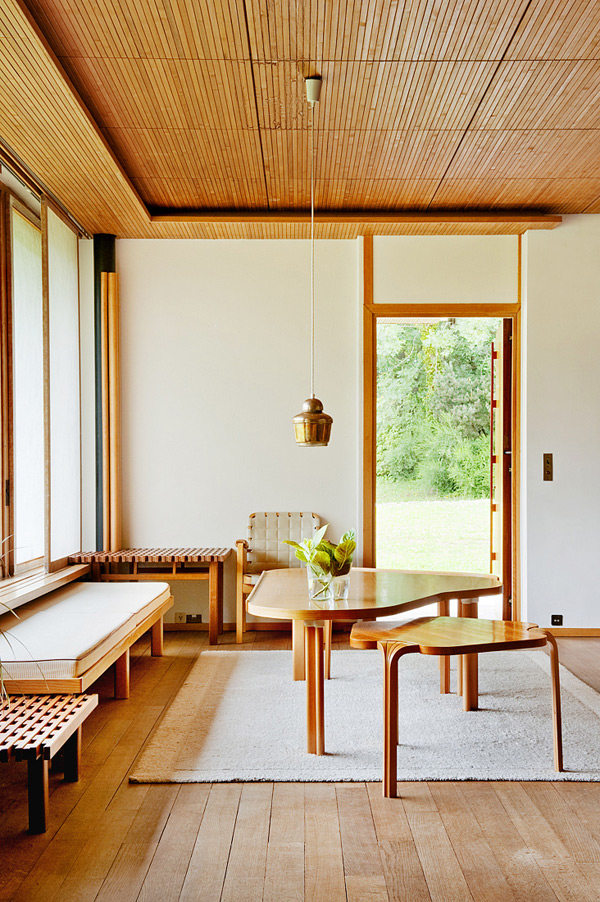 Maison Louis Carré, Bazoches-sur-Guyonne © Bruno Suet
Maison Louis Carré, Bazoches-sur-Guyonne © Bruno Suet
Eglon House – one of the most extraordinary new houses to be built in London in living memory – was inspired by Pierre Chareaus revered Maison de Verre in the heart of Paris. Having recently bought Eglon House to the market, were celebrating its heritage by exploring the best Modernist architecture in Paris, from Chareaus study in early modern design to icons by Le Corbusier, Brancusi and beyond.
Maison de Verre
Pierre Chareau’s astonishing ‘House of Glass’, completed in 1932, was a pioneer of the modern-day live/work phenomenon, with a commercial space on the ground floor and living accommodation above. It was commissioned by the gynaecologist Doctor Dalsace, who hosted Surrealist soirees in his salle de sejour, which were attended by Jean Cocteau, Joan Miro and Yves Tanguy. The close proximity of other buildings dictated a transparent façade. These days, the house belongs to Robert M. Rubin, a retired American financier, who opens it for a limited number of tours to students or professionals working in architecture.
Maison La Roche
Designed by Le Corbusier in 1925 for the Swiss banker Raoul La Roche, this early Modernist building was conceived as two volumes, one a residence and the other a gallery for the client’s avant-garde Cubist art, joined together in an L-shaped plan. The interior was imagined as an architectural promenade that takes the visitor through the space in a prescriptive sequence, unveiling the artwork gradually. It now houses the Fondation Le Corbusier.
Immeuble Molitor
This eight-storey apartment building was built in 1934 in the sports district of Molitor, which is home to the Jean Bouin stadium, the Parc des Princes, Roland Garros and the Piscine Molitor. It was the first-ever residence with an entirely glass frontage. To make the most of the views, Le Corbusier designed the façade as a combination of horizontal sliding panels and translucent glass blocks. The architect himself lived and painted in the apartment on the top floors, which is open to the public.
Rue Mallet Stevens
Around the corner from Maison La Roche, also in the 16th arrondissement, is a collection of Modernist villas designed by Robert Mallet Stevens. Most notable is number 10, a studio built for the brothers Joel and Jan Martel, with doors and ironwork by Jean Prouvé. Mallet Stevens was an influential interwar French architect who also designed film sets. His design of Villa Noailles on the south coast of France inspired the Surrealist Man Ray’s film The Mysteries of the Château de Dé.
Atelier Brancusi
The Romanian-born artist Constantin Brancusi lived and worked in Paris for most of his life. In the latter years of his career, his studio became a living work of art in its own right; Brancusi stopped producing new work, and instead obsessed over the relationship between the existing sculptures, revising their positions and considering the tensions created between them. Whenever he sold a work, he replaced it with a plaster copy so as not to jeopardise the unity of the group. Brancusi bequeathed the studio to the French state in 1956, on condition that it be reconstructed exactly as he left it – a replica of the space designed by Renzo Piano is now open to the public.
Pavillon Suisse
Designed by Le Corbusier and Pierre Jeanneret, this ‘machine for living’ opened in 1933 as a dormitory for Swiss students. The building incorporates Le Corbusier’s five points on architecture, with free elevations, ribbon windows and pilotis. It contains 45 identical single rooms, furnished by Charlotte Perriand. The public are given access to the lobby, the Salon Courbe and the model room on the first floor.
Whilst youre in Paris its worth exploring slightly further afield, with three Modernist icons sitting just outside the city …
Villa Savoye, Poissy
Perhaps the most iconic example of the International Style, designed by Le Corbusier and located on the citys outskirts.
Maison Louis Carré, Bazoches-sur-Guyonne
Alvar Aaltos celebrated 1950s villa, around 40 minutes west of Paris.
Van Doesburg House, Meudon-Val-Fleury
The De Stijl painters home and studio, located in a suburb to the southwest of the city.
Read more: Paris Match: Pierre Chareaus Maison de Verre and the extraordinary Eglon House
The Modern House Guide to design destinations in the South of France
- 转载自:The Modern House
- 语言:English
- 阅读原文
|


